As I Watch’d the Ploughman Ploughing is one of ten books designed and printed by the arts and crafts inspired artist Wharton Esherick. A look at the museum that has been established in his honor can be found at http://www.levins.com/esh3.html
Trained as a traditional painter, Esherick had a brief career as an illustrator before he bought a Washington hand press and in 1920, began cutting and printing limited edition woodcuts. Around this time, he met Harold Mason, owner of the Centaur Book Shop in Philadelphia, who was interested in publishing fine press books. It was a good match. In 1924, the Centaur Press published its first book, Walt Whitman’s poem, Song of the Broad-Axe, with woodcuts by Esherick.
This led the artist to other commissions and other book projects, all printed with large-format woodcuts. In 1928, Esherick made a sequence of nine woodcuts for As I Watched the Ploughman Ploughing, a poem by Walt Whitman set to music by Philip Damas. The Franklin Printing Company issued in an edition of 200 copies and four of the woodcuts were reprinted in the February 1929 issue of Vanity Fair.
More information on Esherick can be found in an article by Henry Wessells, published in the February 22, 1999, issue of AB Bookman’s Weekly. A checklist of Esherick’s books can be found at: www.avramdavidson.org
Here is the complete text of the Walt Whitman’s poem:
As I watch’d the ploughman ploughing,
Or the sower sowing in the fields - or the harvester harvesting,
I saw there too, O life and death, your analogies:
(Life, life is the tillage, and Death is the harvest according.)
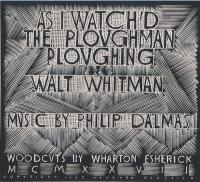
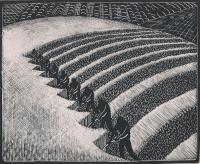
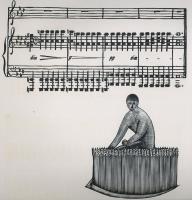
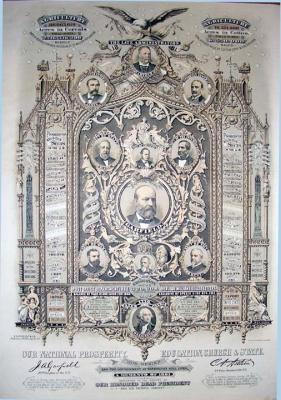
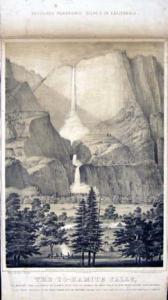
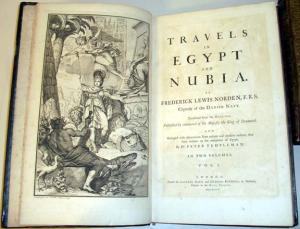
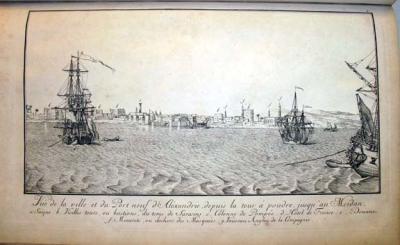
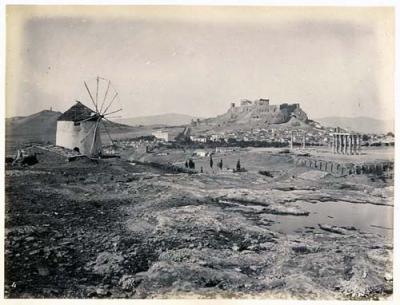
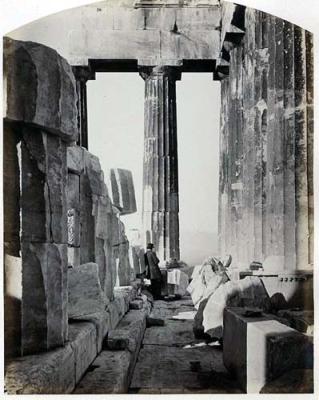
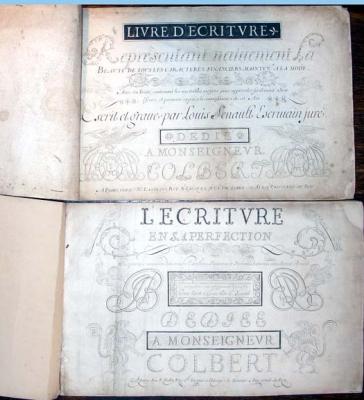
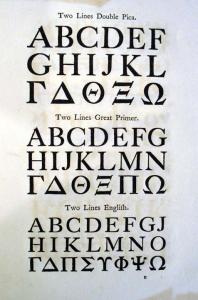

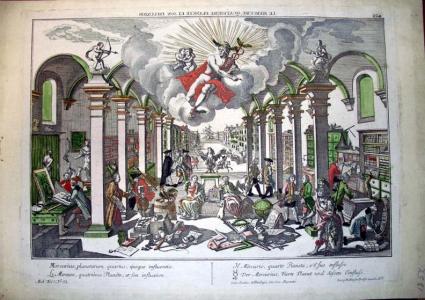
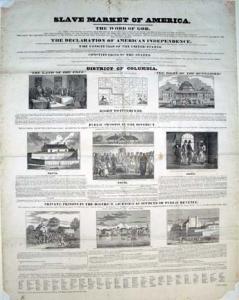
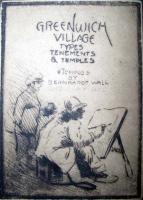
Recent Comments